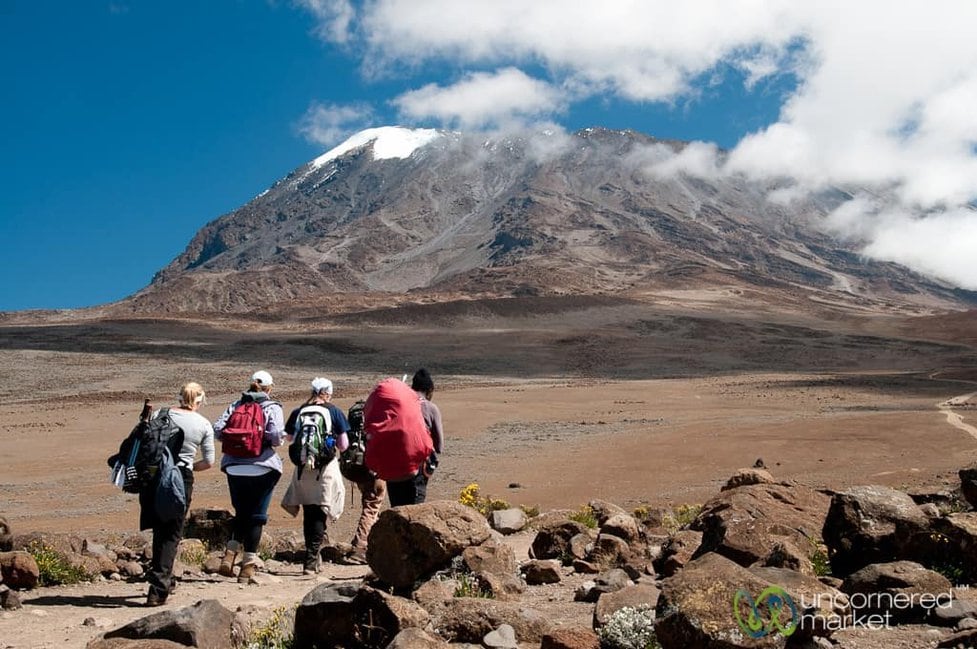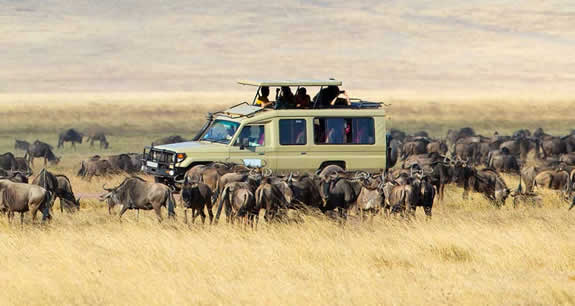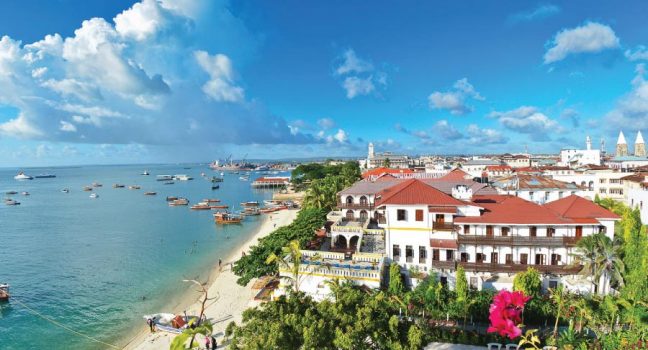When is the Best Time to go on Safari in Tanzania? : Wildlife safaris, bird safaris, beach safaris, cultural safaris, and hiking safaris are the main tourist activities in Tanzania that most visitors come for. When planning a trip, the most important factor to consider is the time of year in order to target and obtain exactly what you were hoping to experience. This is because most tourist activities are dependent on the time of day or season, and thus you must know when the best time is for your desired experience.

Tanzania is one of the countries that offers a wide range of tourist activities, from hiking to the highest peak of Mount Kilimanjaro to wildlife viewing in the northern circuit. However, you should know when the best time is to do these activities so that your trip provides you with exactly what you expected.

The best time to visit Tanzania depends on your target tourism activities you’re going to do or attractions you’re going to see, though Tanzania is still and can be visited all year round simply because each month of the year or season has its own rewarding to visitors thus When is the Best Time to go on Safari in Tanzania? . Though most visitors travel during the dry season when animals are well seen and easily observed, the rainy season is still the best time to travel in Tanzania since here you will be able to see the beautiful evergreen nature of the Tanzania wilderness. That is why we say it is better to know what exactly you want to see and do on your trip to Tanzania, since this will help you simply and precisely what is the best time for you to travel in Tanzania. The following are the categories of the best months to travel in Tanzania depending on tourism activities.
Best time for Wildlife Viewing in Tanzania
Wildlife safaris are primarily done in the northern circuit parks, which include Serengeti National Park, Tarangire National Park, Lake Manyara, and the Ngorongoro Conservation Area, all of which are noted for hosting or having significant populations of wild animals. Although wild animals can be seen throughout the year in this park, the dry season months of May to October are considered the best times to visit these parks for wildlife viewing. In the Serengeti ecosystem, these are also the optimum months to see the big five and the huge wildebeest migration.
The dry season, from August to September, is the best time to witness wildebeest river crossings in the northern Serengeti. Animals are easy to identify because they congregate around waterholes and rivers, and the grass is short, making observing animals more rewarding.

Wet Season (November to May)
The southern Serengeti’s calving season is January-February, and it’s a wonderful time to view predator action; the scenery is green and gorgeous; its low season, which means reduced prices and less crowded parks; migratory birds are there, and bird watching is at its best.
Best time for Hiking in Tanzania
Although it is technically feasible to hike Tanzania’s Mount Kilimanjaro all year, some months are marked by colder weather, more rain, and the possibility of a lot of snow on the summit, and certain months/times are not suggested for hiking the mountain since they are risky.
Climbing Mount Kilimanjaro is best done during the warmest and driest months of the year, which are December to mid-March and mid-June to the end of October. Despite the fact that these are the best months to climb the mountain in terms of weather, they are also the busiest month since it is a high season. The optimum season to climb Kilimanjaro is between July and September, when the weather is comfortable during the day and rainfall is minimal. The trails are busier (less so in September). Kilimanjaro, on the other hand, can be climbed all year round.
The warmest months are January, February, and early March, with beautiful bright skies in the mornings and evenings, making these popular climbing months.
Kilimanjaro is at its busiest in August and September, so if you want to avoid crowds, go at a different time of year. September is a quieter and warmer month than August, When is the Best Time to go on Safari in Tanzania? .
In April and May, there is a rainy season, which means that Kilimanjaro gets at least one strong shower every day. Even that isn’t assured, and most of the rain falls towards the coast, so it doesn’t linger long. So, while some people want to avoid it, others welcome it since rain equals more lonesome slopes.
From November to December, there is a shorter rainy season. October is an excellent month for climbing because you can get in right before the rains come, but most of the crowds have left.
Best time to go for Zanzibar beaches
The dry season, which runs from June to October, is the best time to visit Zanzibar. This also happens to be Tanzania’s peak safari season, making the Zanzibar Archipelago a popular post-safari destination. However, because of its year-round sunlight and mild Zanzibar weather, this tropical island is enjoyable to visit at any time of year.
If you don’t mind the heat and humidity, January to March is a fantastic time to explore Zanzibar. It’s the perfect season to snorkel and scuba dive in Zanzibar since the days are sunny and hot, and the water visibility is at its peak. As the “long rains” approach, the weather in Zanzibar will begin to change around mid-March.

During the dry season, from June to October, an African beach vacation means sun-drenched coasts, palm-fringed beaches, and spectacular sunsets. This is the finest time to visit Zanzibar for long days in the sun and to enjoy the “spice island’s” magnificent sights thus When is the Best Time to go on Safari in Tanzania? .
Best time to for Cultural tour in Tanzania
Cultural tours, unlike other tourist activities such as game viewing and hiking, can be visited at any time of the year because the cultural tribes are present and available. The Maasai bomas in the Ngorongoro Crater can be visited at any time of year, whether it is dry or rainy. However, it is preferable to visit during the dry season because the roads are more accessible and pleasant, and some cultures, such as Hadzabe and Datoga, live in isolated areas that require access when the weather and roads are excellent.


